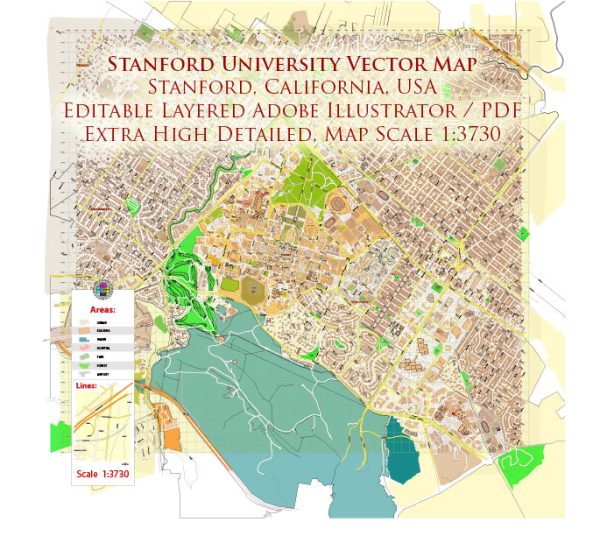Stanford University, located in Stanford, California, has a rich history that dates back to its founding in the late 19th century. Here’s a brief overview of the university’s history:
- Founding Vision: Stanford University was founded by Leland Stanford, a prominent businessman and politician, and his wife, Jane Stanford. Their motivation for establishing the university was rooted in a desire to create a world-class institution of higher education that would serve the public good. Leland Stanford, who had been the governor of California and a key figure in the development of the western United States, was inspired by his belief in the power of education.
- Founding Date: The university was officially founded on November 11, 1885, although it didn’t open its doors to students until 1891.
- Stanford’s Tragic Origin: Leland Stanford’s vision for the university was deeply influenced by a personal tragedy. His only child, Leland Stanford Jr., died of typhoid fever at the age of 15. In his memory, the Stanfords decided to dedicate their wealth to establishing a university that would benefit future generations and honor their son’s memory.
- Stanford’s Unique Endowment: Instead of donating a lump sum to establish the university, the Stanfords chose to endow the university with their entire fortune, which was primarily derived from their investments in the Central Pacific Railroad. This endowment model is a significant reason for Stanford’s financial stability and prosperity.
- Campus Design: The university’s campus was designed by Frederick Law Olmsted, the renowned landscape architect famous for designing New York City’s Central Park. The campus was planned to have a harmonious and aesthetically pleasing layout.
- Early Years: Stanford University opened its doors in 1891 and initially focused on a curriculum that combined liberal arts and technical education. The university grew steadily, and its early years saw a strong emphasis on practical and vocational training.
- 1906 Earthquake: The devastating San Francisco earthquake of 1906 caused significant damage to the university’s buildings, leading to a major rebuilding effort.
- Academic Excellence: Over the years, Stanford expanded its academic offerings and developed a reputation for academic excellence. It became a leading institution in various fields, including engineering, computer science, business, and the sciences.
- Silicon Valley Connection: Stanford has had a profound impact on the development of Silicon Valley. Many of the region’s most influential technology companies, such as Hewlett-Packard and Google, have strong ties to the university.
- Research and Innovation: Stanford is known for its groundbreaking research and innovations. It has been a hub for pioneering work in fields like artificial intelligence, biotechnology, and entrepreneurship.
- Diversity and Inclusion: In recent years, Stanford has also been committed to fostering diversity and inclusion on its campus and addressing social and cultural issues.
Today, Stanford University stands as one of the world’s preeminent research universities, renowned for its academic excellence, innovation, and its enduring commitment to the vision of its founders. It continues to contribute significantly to the fields of education, technology, and research, both nationally and globally.



 Author: Kirill Shrayber, Ph.D.
Author: Kirill Shrayber, Ph.D.